Stanford Bridge
Stanford Bridge is a single arch bridge spanning the River Teme in Worcestershire. It is an early example of a bridge constructed from reinforced concrete and is now exclusively open to pedestrians and bicyclists.
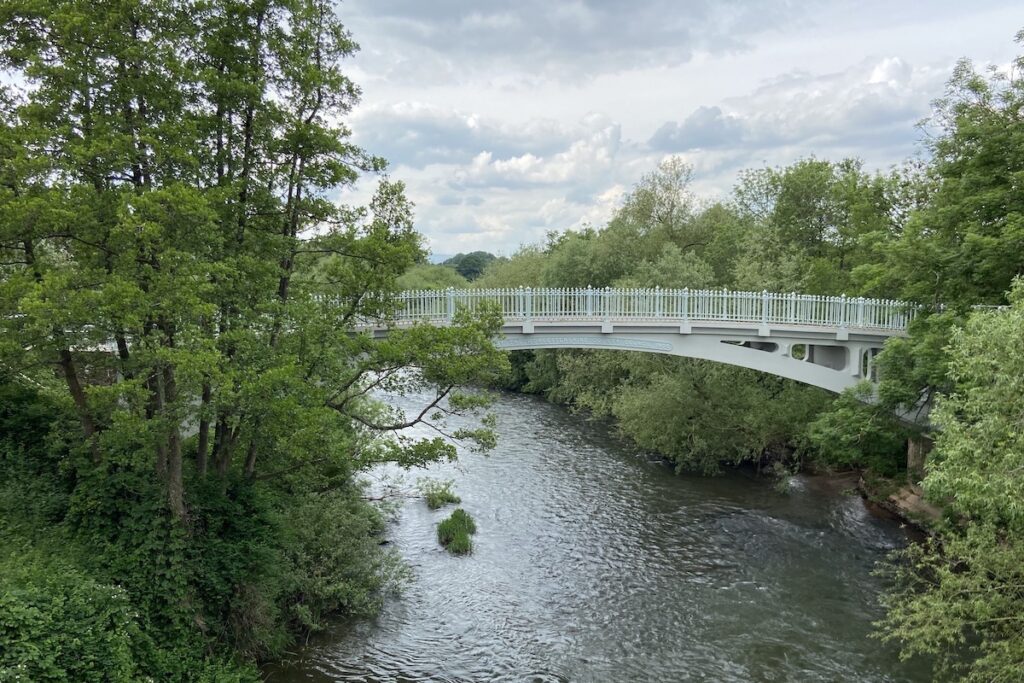
Key info
| Location | Stanford Bridge, WR6 6SP |
| County | Worcestershire |
| Completed | 1905 |
| Engineer | The Neville Engineering Co. Ltd |
| Maintained by | Worcestershire Council |
| Heritage category | Listed Building Grade II |
Visiting guide
Open 24 / 7
Free entry
Free street parking
What can I expect when visiting Stanford Bridge?
Begin at the northern approach and proceed southwards, where you’ll discover a pathway leading to the bridge.
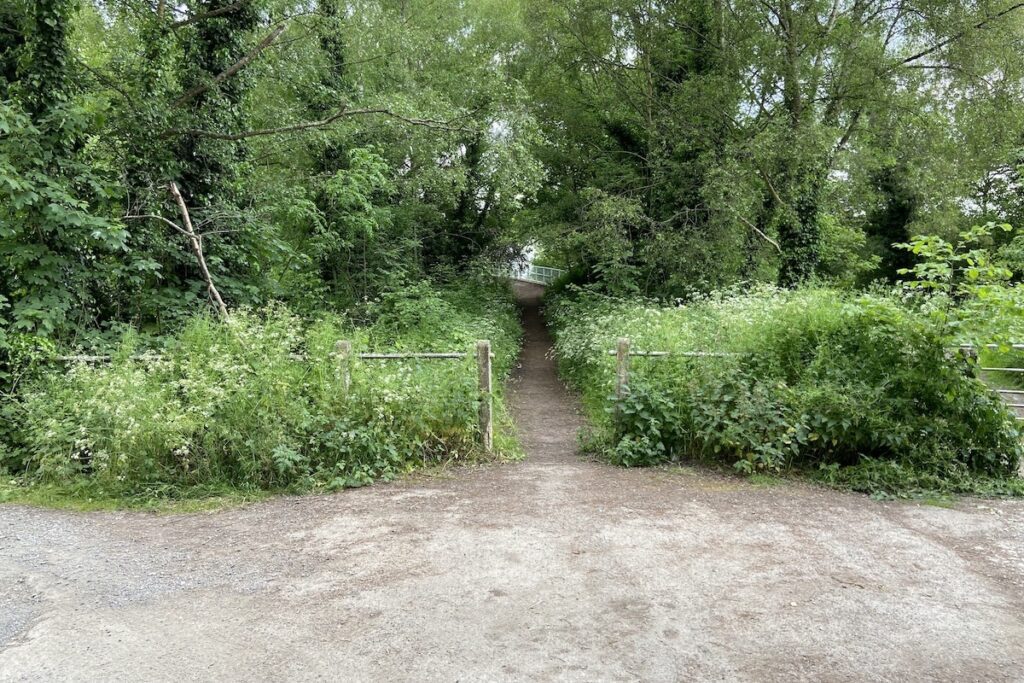
Commence from the northern approach to enjoy a splendid view of the bridge.
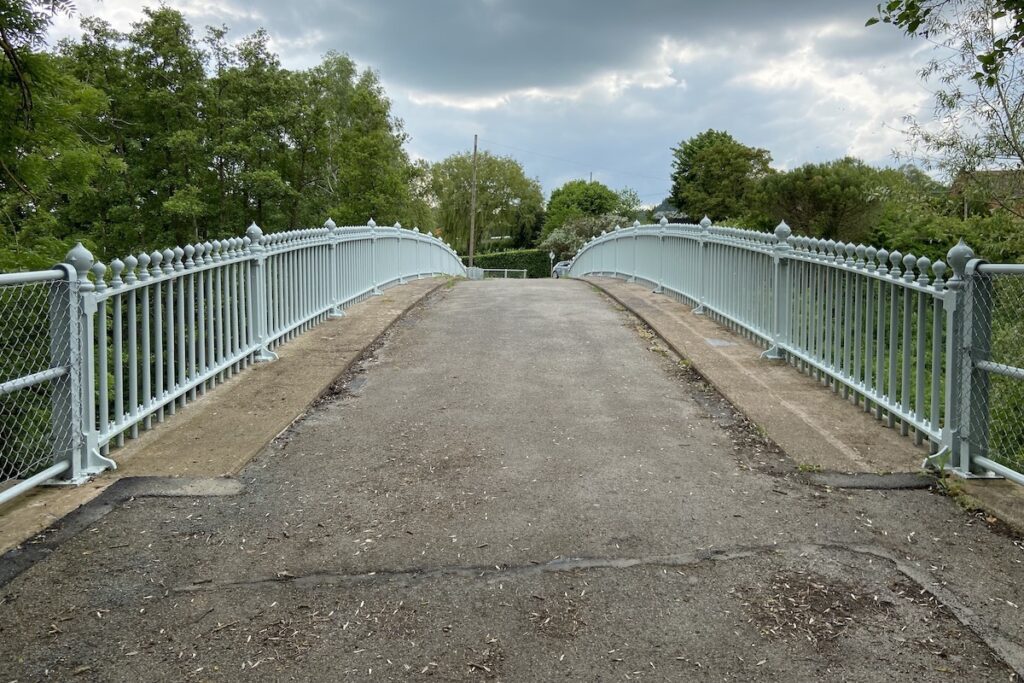
Do take a moment to observe the cast iron railings adorned with ball finials. In the distance, one can spot the modern bridge which presently facilitates traffic across the River Teme, having been erected in 1973.
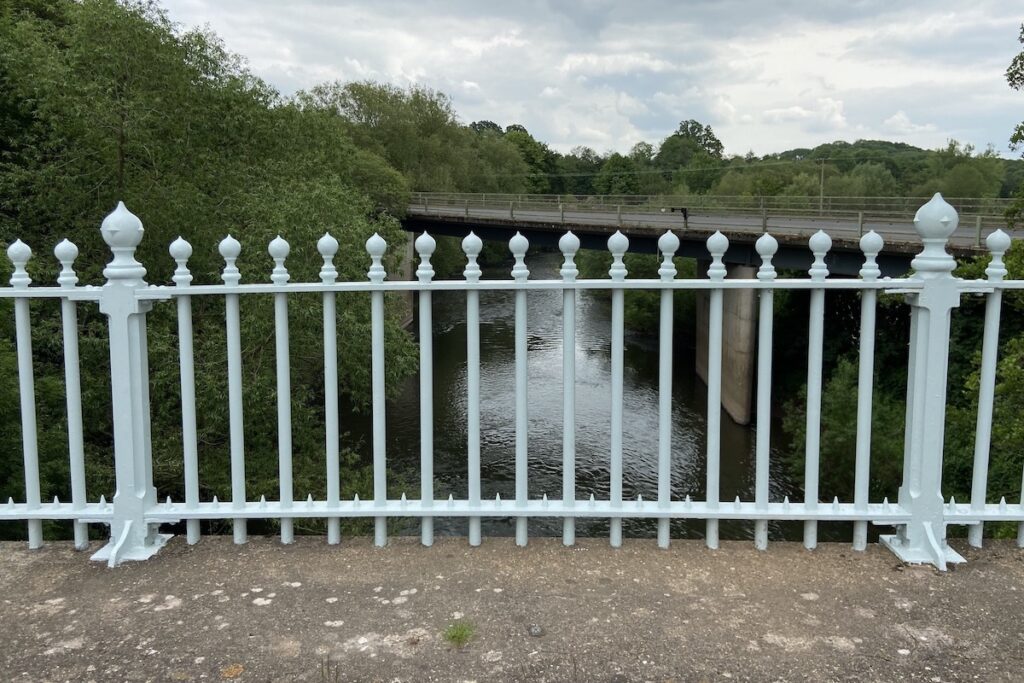
The iron railings were expertly crafted by The Neville Engineering Company. Can you discern their insignia?
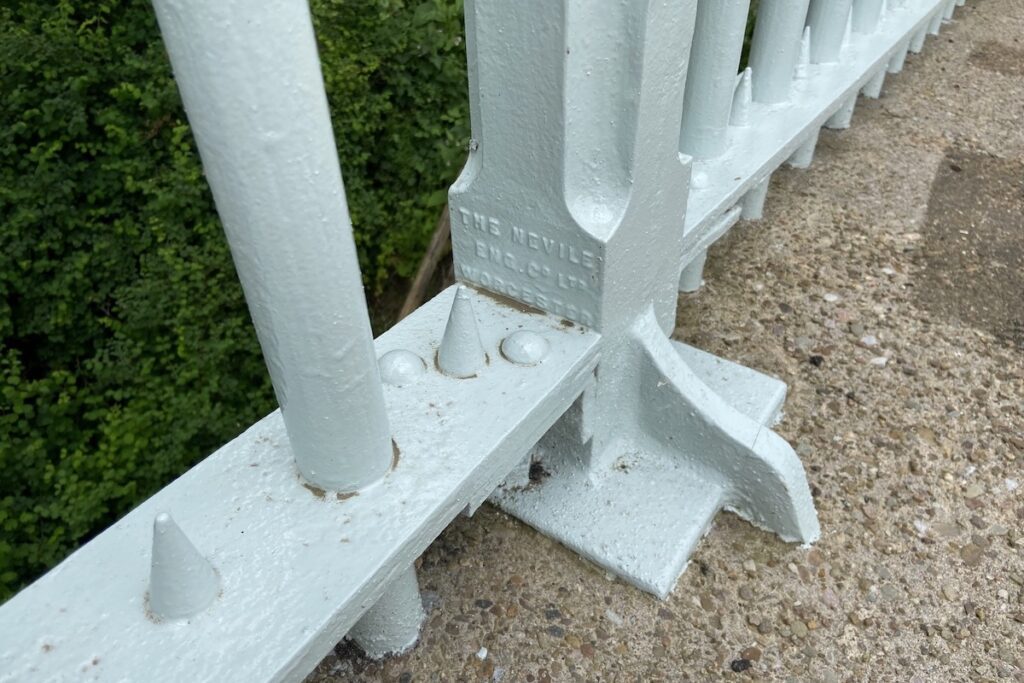
Cross the bridge to the southern bank, make a left, and progress onto the contemporary counterpart for a panorama of the original bridge and its arched commemoration.

Retrace your steps across the bridge and ascend the stairs to the left of the northern entrance to glimpse the arched viaduct, likely the vestiges of an earlier brick bridge built in the early 18th century.
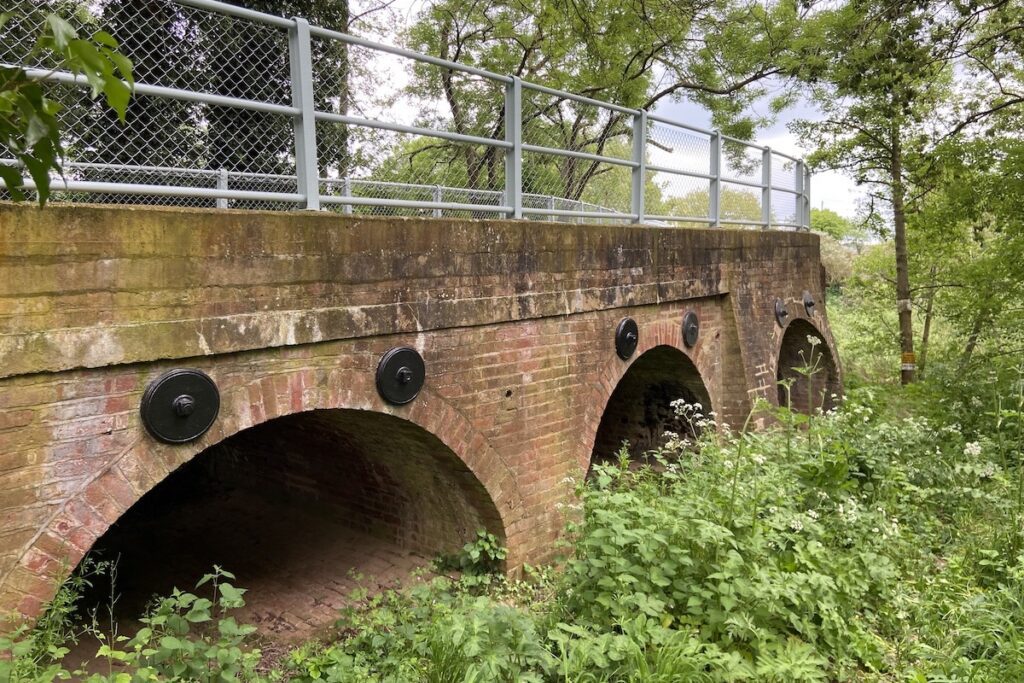
Descend to the riverbank to get an intimate perspective of the bridge and its reinforced concrete arches.
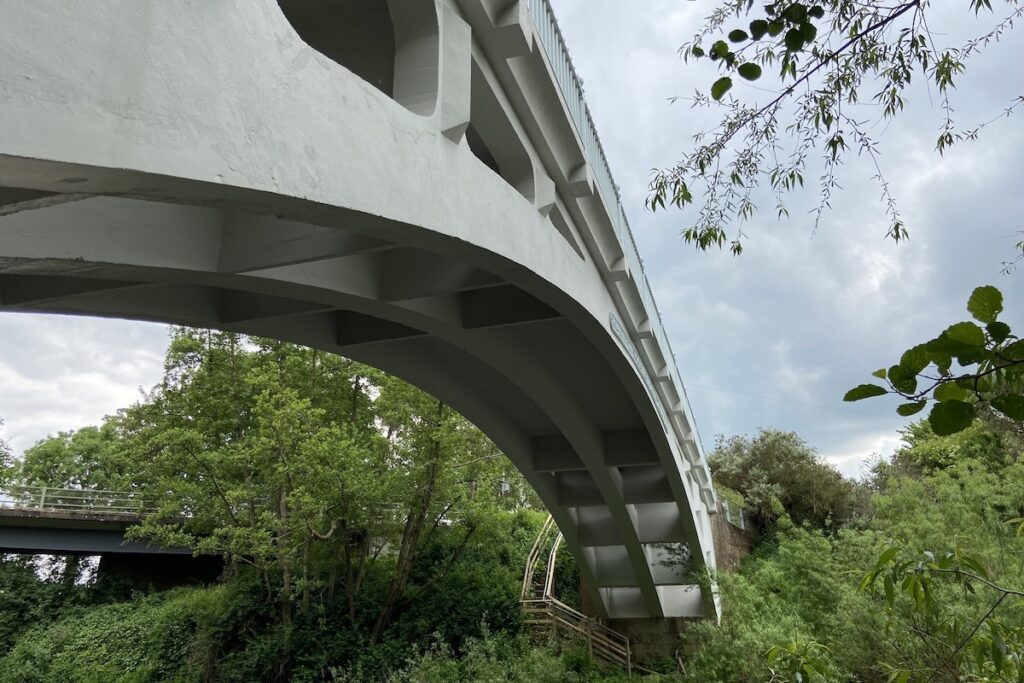
Should the river’s level be sufficiently low, you might be privy to the remnants of the brick supports that once bore the weight of the previous three-arched brick bridge.
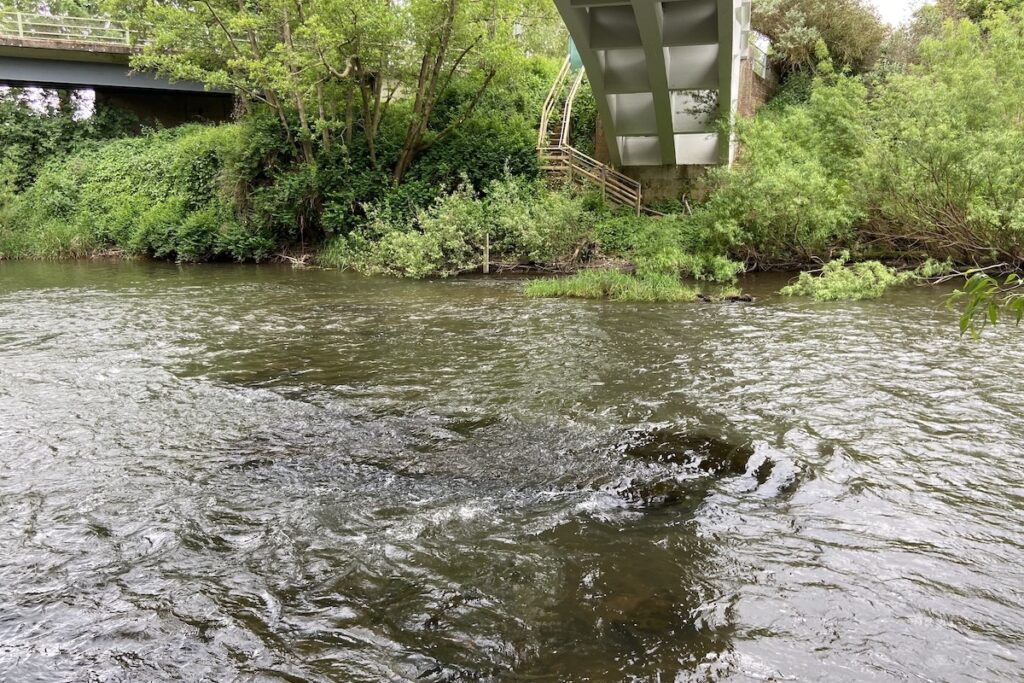
Make your way back to the bridge entrance and continue northwards along the original route, where you’ll be greeted by the historical tollhouse, situated directly opposite the aptly named The Bridge at Stanford pub. An ideal location for a well-deserved pint to culminate your sojourn.
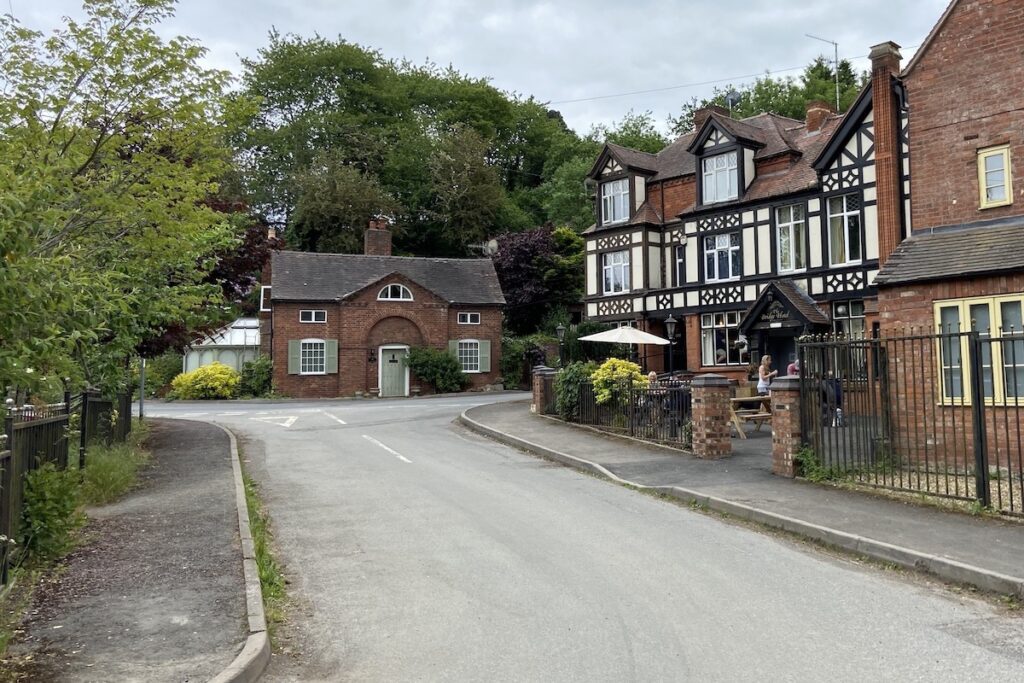
How long does it take to visit Stanford Bridge?
Approximately 15 minutes should suffice to appreciate the bridge. If you’re inclined, extend your visit by perusing the shops south of the bridge along the B4203 or perhaps indulge in a pint at The Bridge at Stanford pub.
Is Standford Bridge suitable for a picnic?
While there are picturesque riverside meadows north of the bridge, accessible by foot for a leisurely picnic, the bridge itself isn’t situated in an expansive area. Alternatively, consider grabbing a bite at The Bridge at Stanford pub.
How do I get to Stanford Bridge?
Stanford Bridge nestles amidst the serene Worcestershire countryside. Lacking nearby bus stops or railway stations, the automobile is the most feasible mode of transport. Upon arrival, divert off the B4203 and station your vehicle on the aged road approaching the bridge, adjacent to The Bridge at Stanford pub. For those frequenting the pub, ample parking is available opposite.
History of Stanford Bridge
1548 – The first bridge at Stanford was constructed of wood by Humphrey Pakington of Chaddesley Corbett.
Early C18 – The wooden bridge was rebuilt in brick and consisted of three arches.
1797 – The brick bridge was succeeded by another made of iron with a single span.
1905 – Our present bridge, constructed from reinforced concrete and adorned with cast iron railings, emerged, seamlessly incorporating the early 18th century brick viaduct towards the northeast. Structural concerns resulted in an inauguration delay.
1907 – The bridge opens.
1973 – A new road bridge to the south is opened, which continues to carry traffic to this day. The old bridge is then restricted to use by pedestrians and bicyclists [1].
2022 – Worcestershire County Council embarks on a meticulous renovation of the old bridge, undertaking pivotal repairs to enhance the main span and brickwork’s integrity. Its current bearing capacity is limited to three tonnes [2].
Architecture & dimensions
Stanford Bridge is made of reinforced concrete with three single-span semi-circular arches aligned north-east/south-west about 27 metres across and four yards wide with pierced openings in the spandrels.
It has cast iron railings with ball finials and standards spaced at about two-yard intervals also with ball finials. The abutments are made from brick with concrete capping. The north-eastern termination reveals hints of a bygone bridge constructed from brick, capped with sandstone and flared ends culminating in rounded piers. Emblazoned on both facades of the bridge is a plaque proclaiming, “REBUILT BY WORCESTERSHIRE COUNTY COUNCIL 1905” [1].
Sources
- Historic England (2020) Stanford Bridge. Available at: https://historicengland.org.uk/listing/the-list/list-entry/1296377 (Accessed: 5 October 2023).
- Banner, T. (2022) ‘Stanford Bridge renovation work being done by council, Worcester News, 10 August. Available at: https://www.worcesternews.co.uk/news/20618449.stanford-bridge-renovation-work-done-council/ (Accessed: 5 October 2023).

 Liverpool Old Dock
Liverpool Old Dock